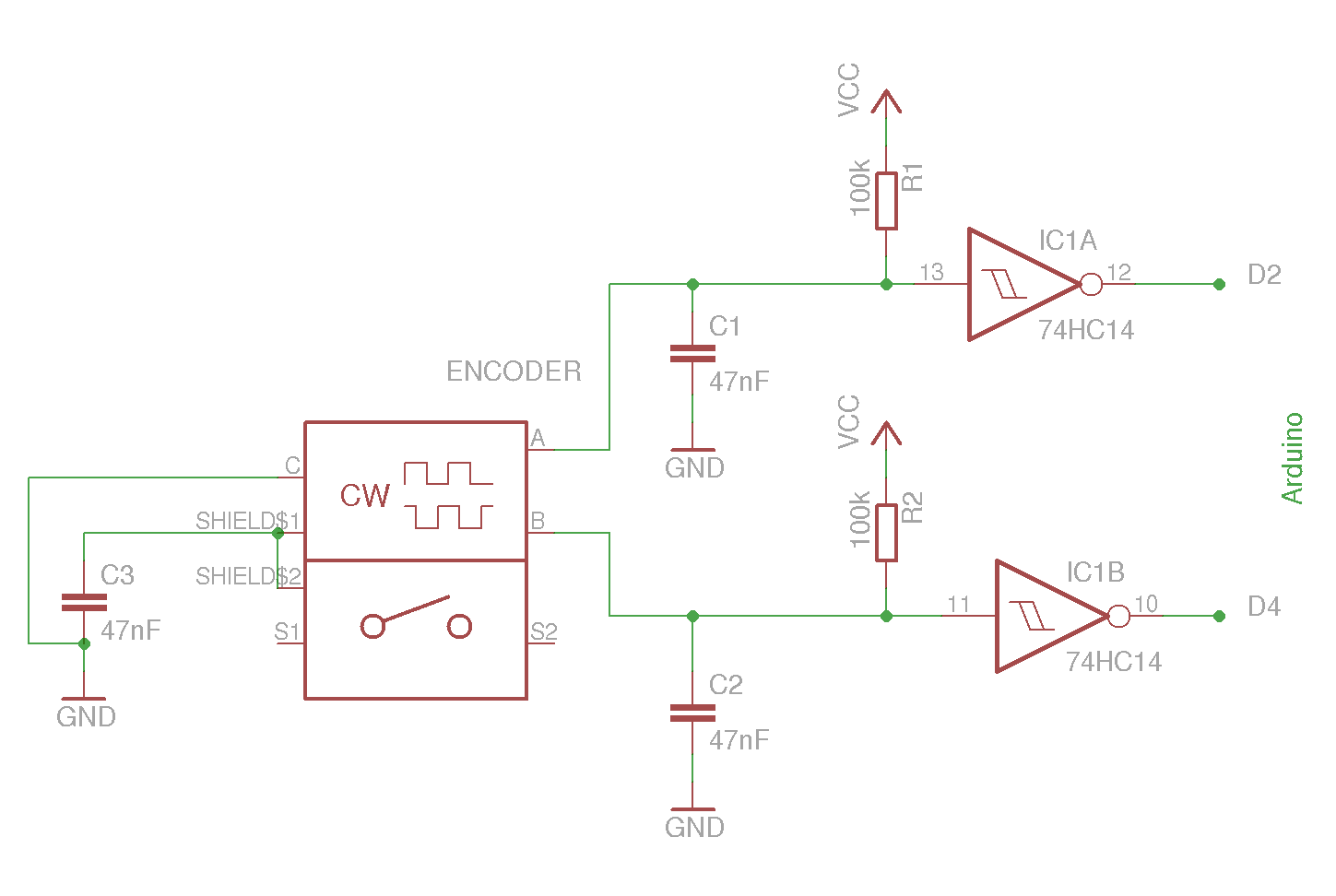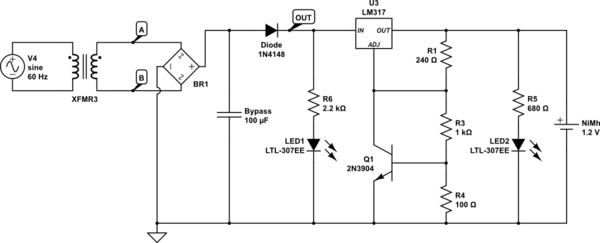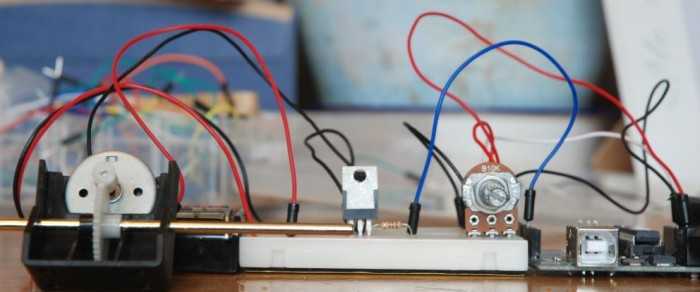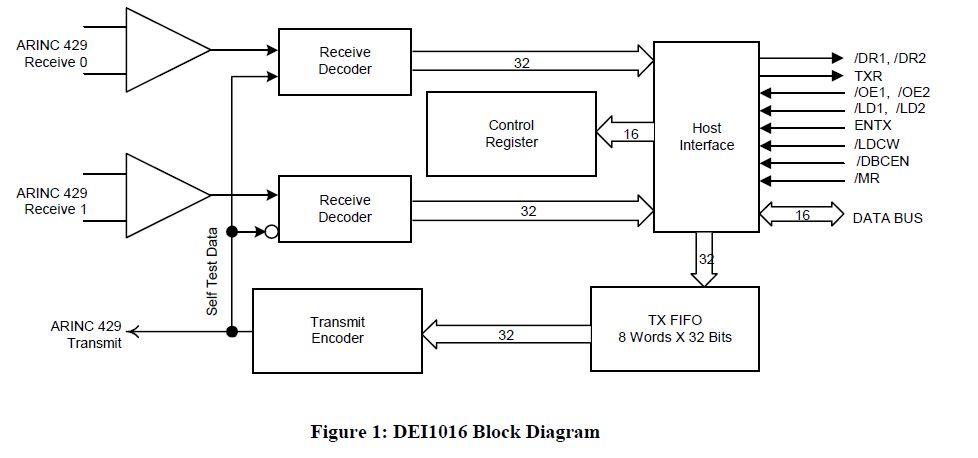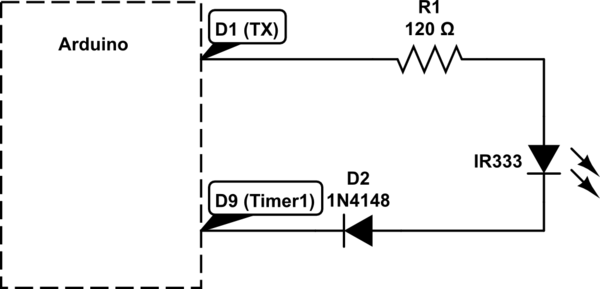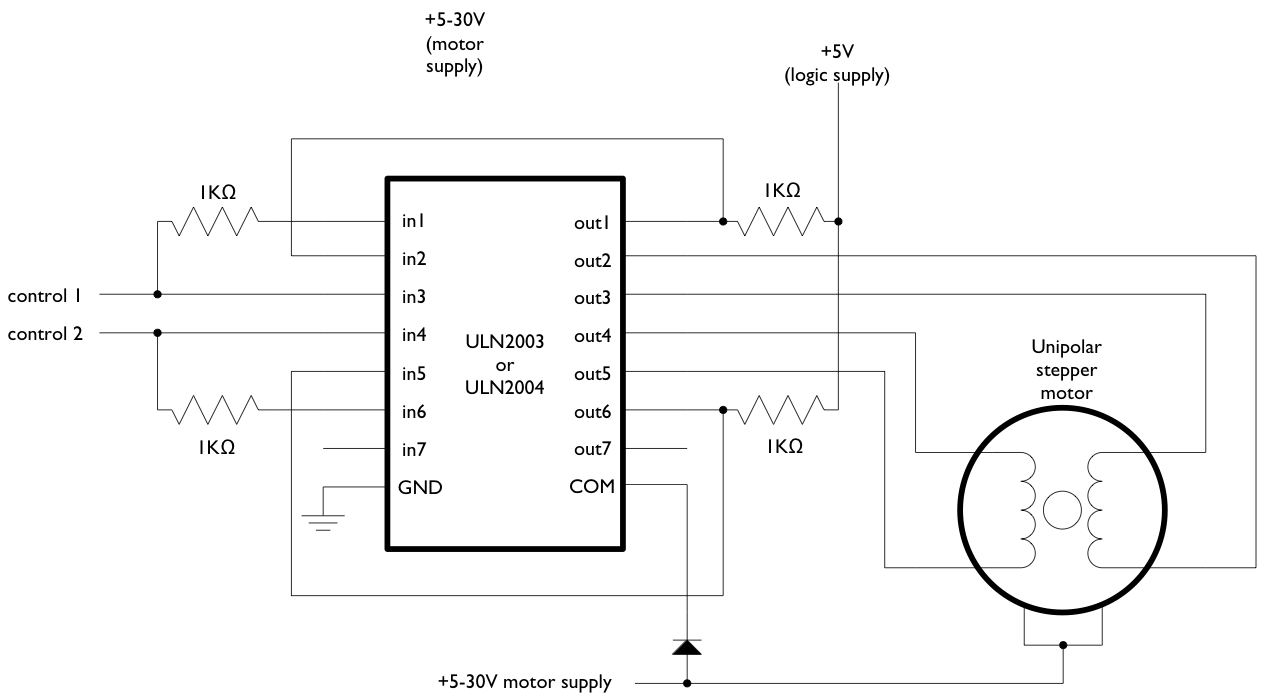
Arduino Blink
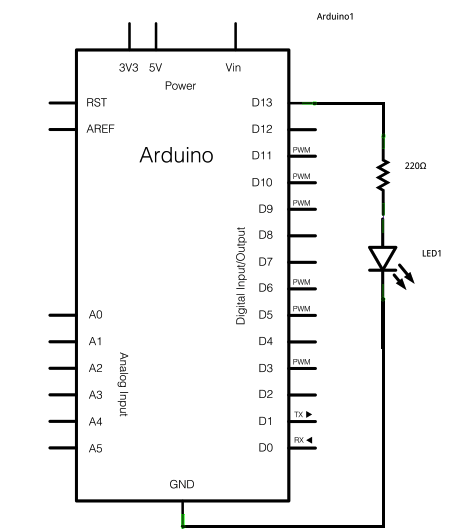
To construct the circuit, connect a 220-ohm resistor to pin 13. Next, connect the longer leg of an LED (the positive leg, known as the anode) to the resistor. The shorter leg (the negative leg, referred to as the cathode) should be connected to ground. Subsequently, connect the Arduino board to a computer, launch the Arduino software, and input the provided code. Most Arduino boards feature an LED connected to pin 13, allowing the LED to blink even without any additional hardware. When this example is executed, the LED will turn off as pin 13 returns to 0 volts. The delay() commands are included to ensure there is sufficient time for an observer to notice the change, pausing the operation for 1000 milliseconds, or one second. It is important to note that while the delay() command is active, no other operations can occur. After mastering the basic examples, the BlinkWithoutDelay example can be explored to learn how to implement delays while executing other tasks simultaneously.
To construct the described circuit, the following components and steps are essential:
1. **Components Required:**
- Arduino board (e.g., Arduino Uno)
- 1 x 220-ohm resistor
- 1 x LED (Light Emitting Diode)
- Jumper wires
- Breadboard (optional for prototyping)
2. **Circuit Assembly:**
- Connect one terminal of the 220-ohm resistor to digital pin 13 on the Arduino board. This pin is often designated for simple output tasks and is commonly used for basic LED projects.
- Attach the anode (long leg) of the LED to the free end of the resistor. This connection allows the LED to receive current when the pin is set to HIGH.
- Connect the cathode (short leg) of the LED directly to the ground (GND) pin on the Arduino. This completes the circuit and provides a return path for the current.
3. **Programming the Arduino:**
- Once the circuit is completed, connect the Arduino board to a computer using a USB cable. Open the Arduino IDE (Integrated Development Environment) to write and upload the code.
- The basic code for blinking the LED is as follows:
```cpp
void setup() {
pinMode(13, OUTPUT); // Set pin 13 as an output
}
void loop() {
digitalWrite(13, HIGH); // Turn the LED on
delay(1000); // Wait for one second
digitalWrite(13, LOW); // Turn the LED off
delay(1000); // Wait for one second
}
```
4. **Functionality Explanation:**
- In the setup() function, pin 13 is configured as an output pin. This setup is crucial for controlling the LED.
- The loop() function continuously executes the code within it, turning the LED on and off at one-second intervals. The digitalWrite() function is used to set the pin state to HIGH (on) and LOW (off).
- The delay() function pauses the execution for the specified duration, allowing the LED to remain in each state long enough for human observation.
5. **Additional Considerations:**
- It is advisable to test the circuit with the built-in LED before adding external components. The Arduino board typically has an LED connected to pin 13, which will blink according to the uploaded code.
- For more advanced timing control, the BlinkWithoutDelay example can be utilized. This example demonstrates how to manage multiple tasks concurrently without blocking the execution of the program, allowing for more complex applications and interactions.
This circuit serves as an excellent introduction to basic electronics and programming with Arduino, providing a practical demonstration of how to control outputs using simple code and circuit design.To build the circuit, attach a 220-ohm resistor to pin 13. Then attach the long leg of an LED (the positive leg, called the anode) to the resistor. Attach the short leg (the negative leg, called the cathode) to ground. Then plug your Arduino board into your computer, start the Arduino program, and enter the code below. Most Arduino boards already have an LED attached to pin 13 on the board itself. If you run this example with no hardware attached, you should see that LED blink. That takes pin 13 back to 0 volts, and turns the LED off. In between the on and the off, you want enough time for a person to see the change, so the delay() commands tell the Arduino to do nothing for 1000 milliseconds, or one second. When you use the delay() command, nothing else happens for that amount of time. Once you`ve understood the basic examples, check out the BlinkWithoutDelay example to learn how to create a delay while doing other things.
🔗 External reference
To construct the described circuit, the following components and steps are essential:
1. **Components Required:**
- Arduino board (e.g., Arduino Uno)
- 1 x 220-ohm resistor
- 1 x LED (Light Emitting Diode)
- Jumper wires
- Breadboard (optional for prototyping)
2. **Circuit Assembly:**
- Connect one terminal of the 220-ohm resistor to digital pin 13 on the Arduino board. This pin is often designated for simple output tasks and is commonly used for basic LED projects.
- Attach the anode (long leg) of the LED to the free end of the resistor. This connection allows the LED to receive current when the pin is set to HIGH.
- Connect the cathode (short leg) of the LED directly to the ground (GND) pin on the Arduino. This completes the circuit and provides a return path for the current.
3. **Programming the Arduino:**
- Once the circuit is completed, connect the Arduino board to a computer using a USB cable. Open the Arduino IDE (Integrated Development Environment) to write and upload the code.
- The basic code for blinking the LED is as follows:
```cpp
void setup() {
pinMode(13, OUTPUT); // Set pin 13 as an output
}
void loop() {
digitalWrite(13, HIGH); // Turn the LED on
delay(1000); // Wait for one second
digitalWrite(13, LOW); // Turn the LED off
delay(1000); // Wait for one second
}
```
4. **Functionality Explanation:**
- In the setup() function, pin 13 is configured as an output pin. This setup is crucial for controlling the LED.
- The loop() function continuously executes the code within it, turning the LED on and off at one-second intervals. The digitalWrite() function is used to set the pin state to HIGH (on) and LOW (off).
- The delay() function pauses the execution for the specified duration, allowing the LED to remain in each state long enough for human observation.
5. **Additional Considerations:**
- It is advisable to test the circuit with the built-in LED before adding external components. The Arduino board typically has an LED connected to pin 13, which will blink according to the uploaded code.
- For more advanced timing control, the BlinkWithoutDelay example can be utilized. This example demonstrates how to manage multiple tasks concurrently without blocking the execution of the program, allowing for more complex applications and interactions.
This circuit serves as an excellent introduction to basic electronics and programming with Arduino, providing a practical demonstration of how to control outputs using simple code and circuit design.To build the circuit, attach a 220-ohm resistor to pin 13. Then attach the long leg of an LED (the positive leg, called the anode) to the resistor. Attach the short leg (the negative leg, called the cathode) to ground. Then plug your Arduino board into your computer, start the Arduino program, and enter the code below. Most Arduino boards already have an LED attached to pin 13 on the board itself. If you run this example with no hardware attached, you should see that LED blink. That takes pin 13 back to 0 volts, and turns the LED off. In between the on and the off, you want enough time for a person to see the change, so the delay() commands tell the Arduino to do nothing for 1000 milliseconds, or one second. When you use the delay() command, nothing else happens for that amount of time. Once you`ve understood the basic examples, check out the BlinkWithoutDelay example to learn how to create a delay while doing other things.
🔗 External reference
